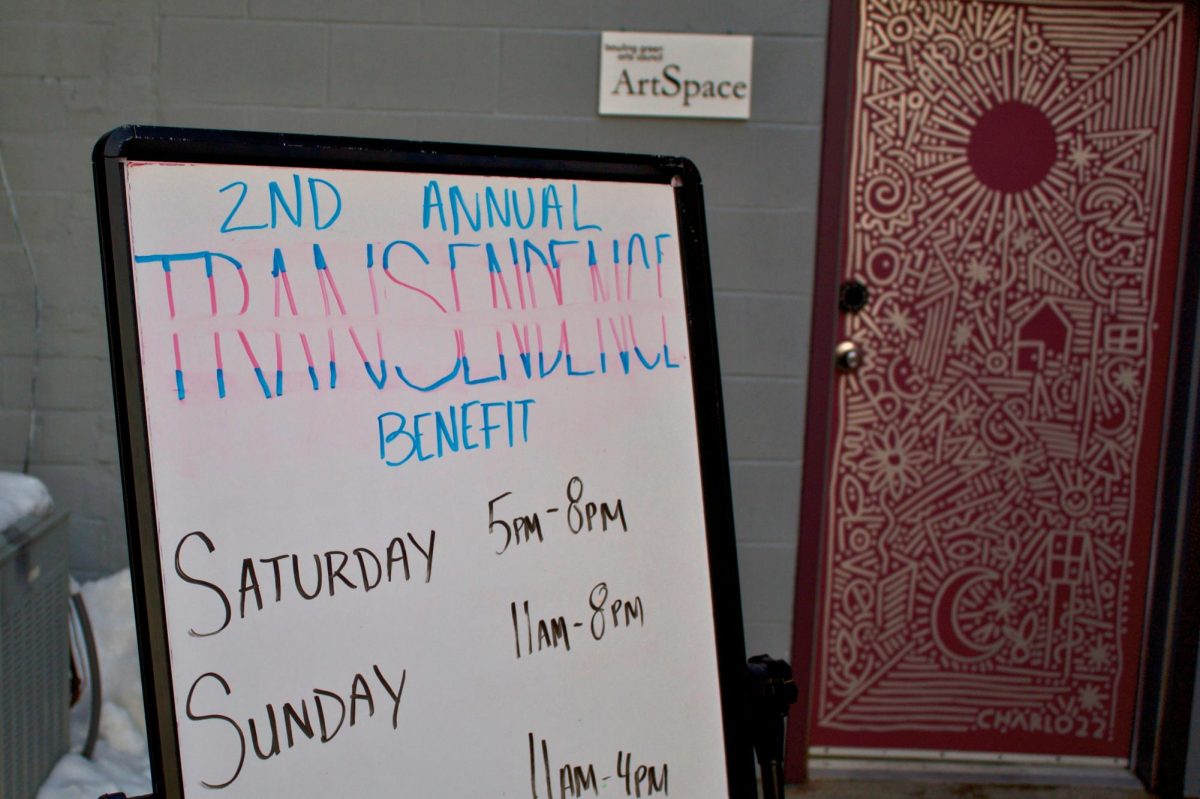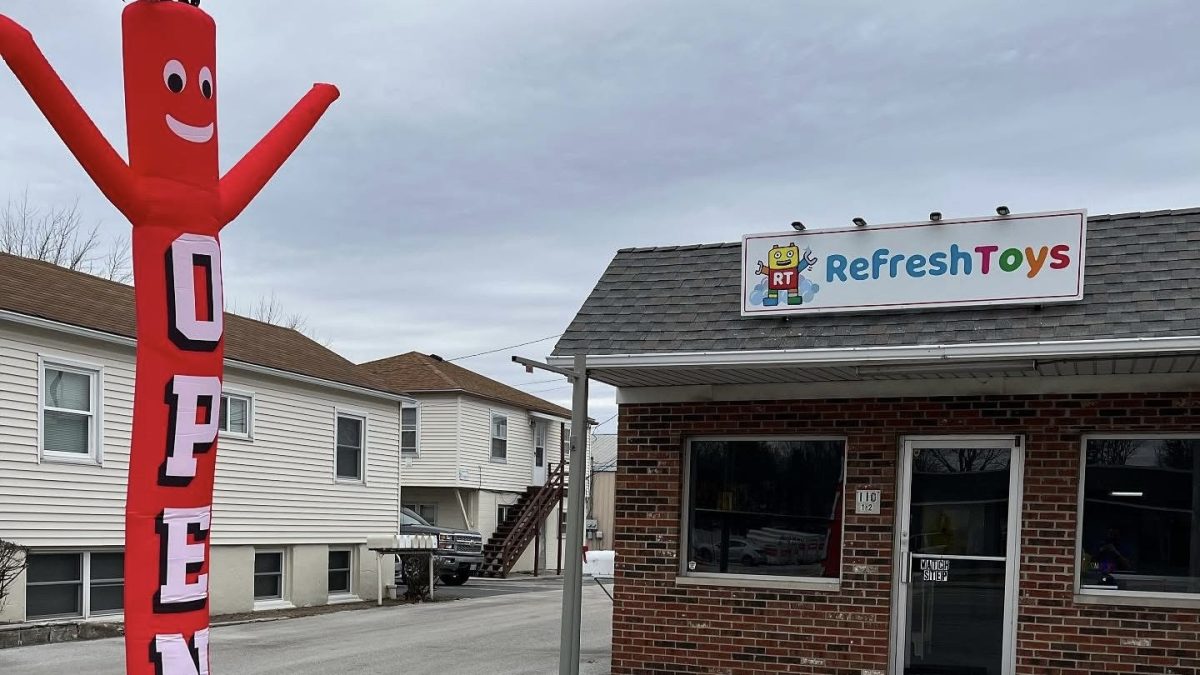In honor of the centennial, the Bowling Green Chamber of Commerce hosted its Annual Meeting Dinner Dance in the Union Lenhart Grand Ballroom on Saturday.
The shindig, which began with a bit of socializing, featured three speakers who spoke about the University’s past and future. The crowd was made up of community members, select student leaders and University administrators.
“I think it is important for those of us here tonight to really realize that without the predecessors of the chamber of commerce, we wouldn’t be here,” said Mayor John Quinn, the first speaker of the night.
The focus of his speech in the crowded ballroom was on the history of the town.
Quinn said that in 1880, the census reported there were 1,537 people in the village of Bowling Green. It was not until 1886, when oil was found in Wood County, that the town began to grow rapidly. By 1890, there were 3,467 people.
“We were growing rapidly, the town burnt down a few times, but we were growing rapidly in spite of that,” Quinn said. “By 1900, the census said we had 5,063 residents and we could become a city.”
Quinn said the predecessor of the Chamber of Commerce, the Commercial Club, were essential in bringing a “normal school” to this region.
A “normal school” is essentially a school to teach high school graduates how to become teachers.
Larry Weiss, co-chair of the Centennial Anniversary Commission, explained more about the University’s actual founding through the Lowry Bill in 1910.
“The Lowry Bill did two things, number one: it provided that the normal school system in Ohio be extended by the creation and establishment of two additional state normal schools; one in northeast Ohio and one in Northwest Ohio,” Weiss said. “Secondly, within 30 days, the governor appointed a commission comprised of five persons with full power and authority to select suitable locations and submit a report to the governor for his approval.”
Originally, 16 communities were considered for the school, towns such as Arcadia, Findlay, Grand Rapids and Perrysburg. The communities were judged based on five criterion: a population within a 25 mile radius; railroad and other transportation facilities; the moral atmosphere of the community, the health situation and the suitability of sites offered.
The final choices were narrowed to Van Wert and Bowling Green, Weiss said.
Bowling Green won 3-2.
University President Carol Cartwright’s message was about the future and the long-lasting relationship between the University and the city.
“We have grown and prospered together,” Cartwright said.
Despite sometimes having disputes, the two groups have learned that a successful relationship requires give and take, she said.
She said the University has $100 million worth of construction scheduled, which in turn will pump millions back into the local economy.
She also said the University has reached a turning point in enrollment numbers. For the fall, there has been a 28 percent increase in accepted students, with an all-time record number of applicants.
2010 is not just about BGSU, it is also about the great partnership between BGSU and the city of Bowling Green, Cartwright said.













